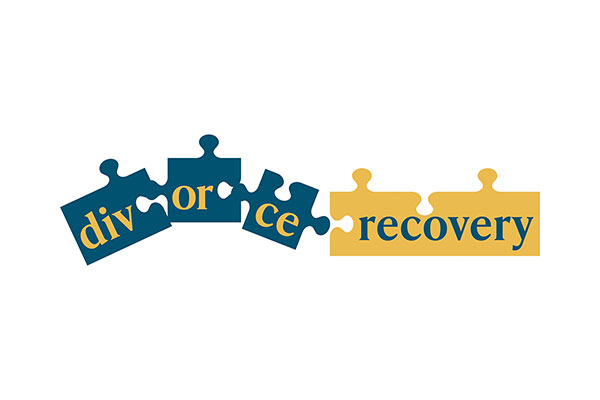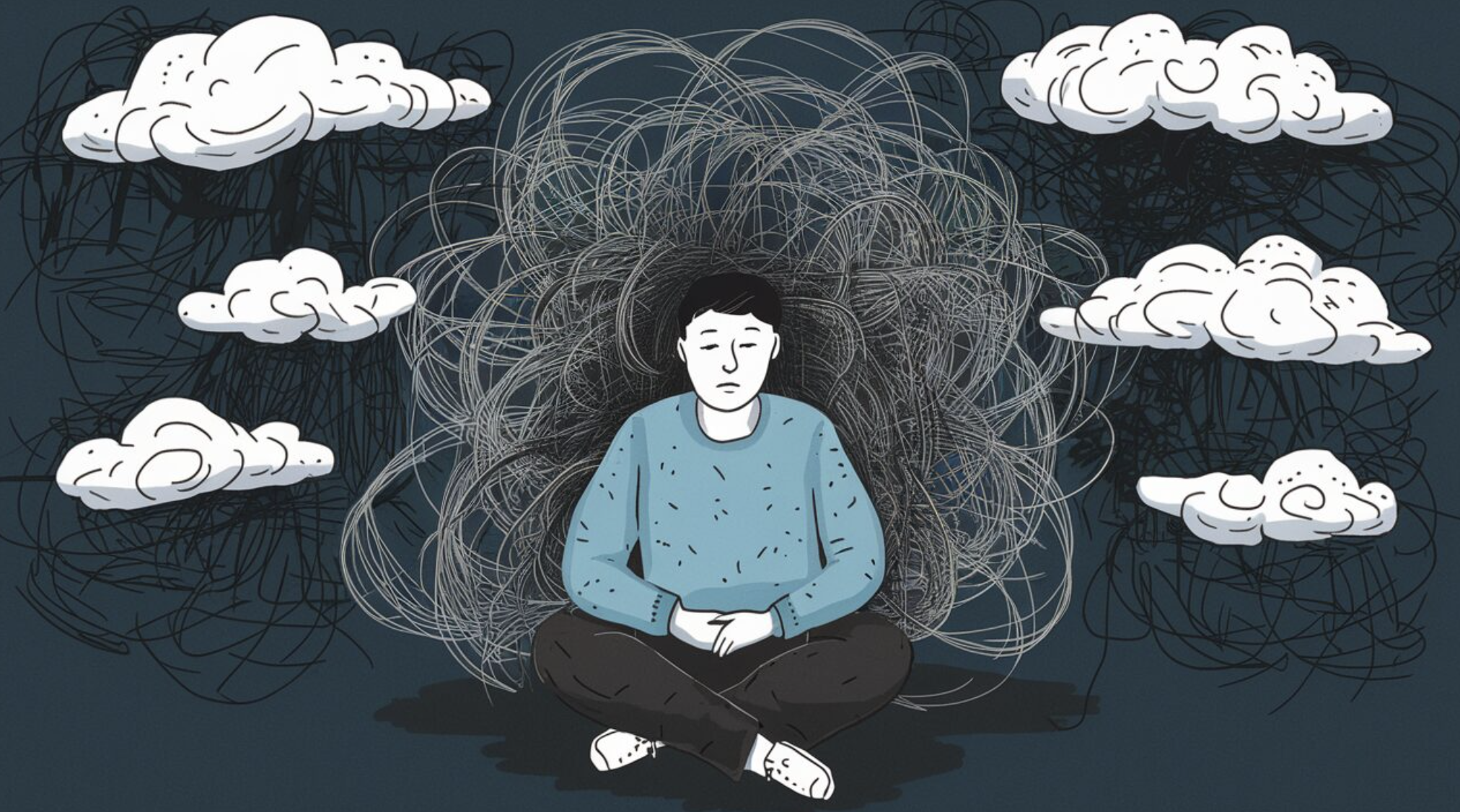Common Psychological Defense Mechanisms
Defense mechanismsDefense Mechanisms are unconscious psychological strategies used by individuals to protect themselve… are psychological habits we all develop to manage deeper, often unconscious anxieties. These anxieties typically originate in childhood, shaped by how we connected to important people early in life, how we coped with emotional difficulties, or even traumaTrauma refers to the emotional and psychological response to a deeply distressing or disturbing even…. Defense mechanisms represent our psychological survival strategies and emotional resilienceEmotional Resilience refers to the ability to adapt to stress and adversity, bouncing back from diff… but come with costs. The earlier and more persistent the anxiety or trauma, the more primary the defense mechanism tends to be. Primary defenses often emerge from arrested psychological development at an early stage. In contrast, secondary defense mechanisms are more developmentally mature and sophisticated, arising from later or less severe adversity. Although more evolved, secondary defenses are still distortions or manipulations of reality used to cope with inner anxiety.
Primary Defense Mechanisms
Denial
Refusing to acknowledge unacceptable feelings or reality (e.g., a first reaction to loss: “No!”). In childhood, this can be like thinking “If I don’t acknowledge it, it isn’t happening.” Common in acute mania.Extreme Withdrawal or Flight into Fantasy
Psychologically retreating from overwhelming reality. Seen in babies who fall asleep when overwhelmed and can become an adult tendency. Often a flight into fantasy without distorting reality, simply escaping it.ProjectionProjection is a defense mechanism where individuals attribute their own unwanted thoughts, feelings,…
Misattributing internal thoughts or feelings as coming from others. Clinically, this often involves disowned negative parts of the self. When mature, projection underlies empathyEmpathy is the ability to understand and share the feelings of another person. In psychodynamic ther…. Primitive forms can resemble paranoia.Projective IdentificationIdentification is a psychological process where individuals adopt the characteristics, values, or be…
Projecting feelings into another and interacting to make them experience those feelings, making the other a container for intolerable affects. Can lead to pulling others into familiar relational dynamicsRelational Dynamics refers to the patterns of interaction and emotional responses that occur within …, reinforcing negative self-views.Somatization
Expressing emotional distress through physical symptoms. Originates if caregivers didn’t help children express feelings verbally. Associated with alexithymia—difficulty identifying or describing emotions.Acting Out
Enacting unconscious conflicts or feelings through behavior to gain a sense of control or power, often negatively. Freud said, “We act out what we do not remember.”Introjection
Internalizing qualities of others, often negative, leading to self-blame or depressive tendencies. Fairbairn noted, “It is better to be a sinner in a world ruled by God than live in a world ruled by the devil.”Splitting
Viewing people or experiences as all good or all bad due to undeveloped emotional object constancyObject Constancy refers to the ability to maintain an emotional connection with a significant person… or ambivalenceAmbivalence refers to the coexistence of opposing feelings or attitudes toward a person, situation, … tolerance. Common in infancy but pathological if it persists into adulthood.Omnipotent Control
An extension of infantile narcissism, believing one’s wishes alone cause outcomes. Adults fixated here seek power over others, seen in psychopathic individuals and some leaders.Extreme DissociationDissociation is a psychological response that may manifest as a disconnection from thoughts, feeling…
Mentally “checking out” or disconnecting unconsciously, especially in trauma-related triggersTriggers are specific stimuli or situations that evoke memories or emotional responses related to th…. Results in numbness or feeling events happened to “someone else.”Sexualization
Using sexual activity or fantasy to manage anxiety, restore self-esteem, or distract from inner emptiness. Women often sexualize dependency; men sexualize aggression. Pathology can arise when sexualizing early trauma.
Secondary Defense Mechanisms
Intellectualization
Replacing emotional experience with excessive thinking or analysis, e.g., discussing feelings abstractly rather than feeling them.Compartmentalization
Mentally “boxing” conflicting feelings or beliefs to avoid conscious conflict, shame, or anxiety—holding contradictions without integrating them.Turning Against the Self
Directing unacceptable feelings inward as self-blame, often to protect essential others from criticism.RegressionRegression is a defense mechanism where individuals revert to earlier developmental stages in respon…
Reverting to earlier developmental behaviors or coping styles during stress (e.g., childish behaviors under duress).Displacement
Redirecting emotions from the true source to a safer target, e.g., “taking it out on” someone else.RepressionRepression is a defense mechanism where individuals unconsciously push distressing thoughts and memo…
Keeping traumatic or unacceptable memories and feelings out of conscious awareness. Severe stress can disrupt memory formation, leading to fragmented or unconscious recall.Reaction Formation
Expressing the opposite of unacceptable feelings to reduce anxiety, e.g., turning hatred into love.Reversal
Switching roles psychologically to manage threatening feelings, e.g., caring for others to satisfy one’s own dependency needs unconsciously.Moralization
Justifying actions by framing them as moral duties, masking less noble motives—a more sophisticated form of splitting.Undoing
Trying to “erase” unacceptable thoughts or behaviors by performing opposite acts unconsciously, e.g., buying flowers after an argument. Can become compulsive.Sublimation
Channeling unacceptable impulses into socially acceptable or creative activities, e.g., a grieving artist creating art. Freud considered this a skillful defense.Humor
Using humor to regulate or distance oneself from intense emotions. It neutralizes threats and deflects others from probing difficult feelings. Overuse may be linked to depressive tendencies.





